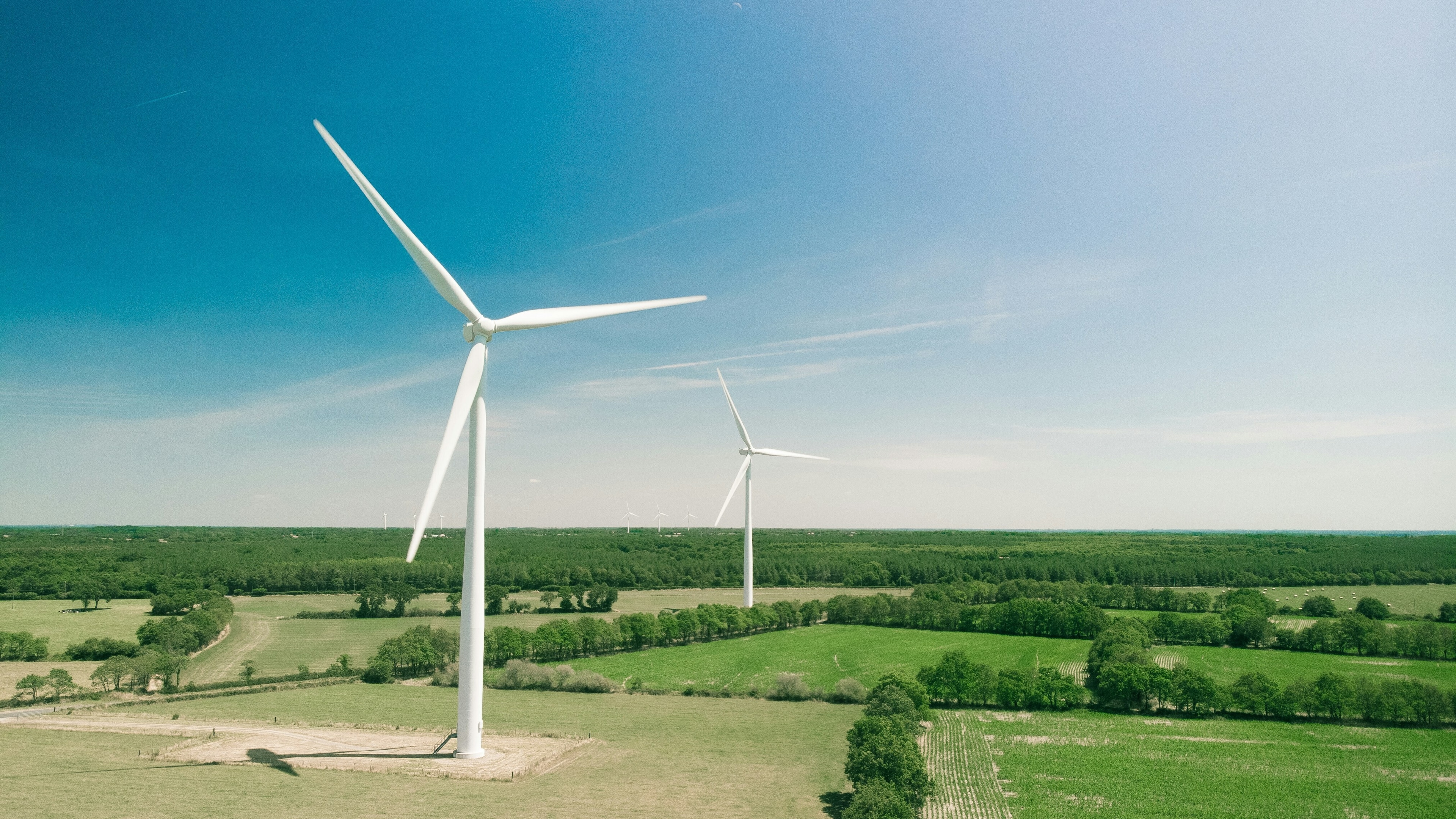Climate change: How can we make greener steel and concrete?

It’s time to stop the growth of green-house gas emissions by decoupling industrial development from climate-polluting energy use. Image: Patrick Hendry/Unsplash

Get involved with our crowdsourced digital platform to deliver impact at scale
Stay up to date:
Air Pollution
- It’s time to stop the growth of green-house gas emissions by decoupling industrial development from climate-polluting energy use.
- The Industrial Deep Decarbonisation Initiative (IDDI) is setting the standards for green building products and ways to track embodied carbon.
- More governments need to make 2030 commitments for greener steel and concrete now, so that these products become the norm by mid-century, writes an expert.
This article was originally published on the International Institute for Sustainable Development’s SDG Knowledge Hub.
Stalled steel and cement plants in Europe and India, monster blackouts slowing factories in China, Germany’s deadly floods, Madagascar’s drought – If 2020 was the year of an unexpected pandemic, 2021 will be the year of two unprecedented but expected crises. The energy and climate crises, two sides of the same coin. It’s time to stop the dangerous growth of green-house gas emissions, by decoupling industrial development from climate-polluting energy use. And, we have the levers to do it. We need governments to step up now, starting with steel and concrete.
Steel and concrete are the fabric of our modern societies. They make our homes, cars, roads, hospitals, schools and appliances. Their use is also booming as urbanization and industrialization gain pace across the global south. The world is expected to build the equivalent of another New York City every month for the next 40 years. Globally, we are already adding the entire built area of Japan, annually. Steel and concrete are responsible for 14–16 per cent of global energy-related CO2 emissions. Changing the way our societies’ build will require revolutionizing these industries’ core processes. This massive task must be tackled if our global community is to meet the climate-safe targets agreed in 2015 – but the pathway is clear.
The good news, and an action that can be a game-changer, is that we can affordably decarbonise steel and concrete production by mid-century, if we start now. Industry leaders have already begun. They know that the risk of climate-related assets becoming stranded is too high and costly. To safeguard their future prosperity, cement and steel makers, such as Holcim, thyssenkrupp and HeidelbergCement, have made commitments to net-zero production targets and are researching promising technologies, such as replacing fossil fuels with green hydrogen. The finance sector is also making important moves. Earlier this year, six global banks agreed to develop a climate-aligned finance agreement to support decarbonization of the steel sector.
Governments now need to take urgent action to make greener steel and concrete commercially viable. Accelerating the transformation of these industries is the way to build back better. A group of countries, together with the UN Industrial Development Organization (UNIDO), are taking the lead through the Industrial Deep Decarbonisation Initiative (IDDI). The United Kingdom, India, Germany, Canada, the United Arab Emirates as well as industry and non-government partners are setting the standards for green building products and establishing ways to track their embodied carbon. This is an essential and significant first step.
What's the World Economic Forum doing to tackle air pollution?
IDDI partners also want to use green public procurement to create markets for low-carbon steel and concrete. Governments buy 40 per cent of the cement and 25 per cent of the steel sold in their domestic markets. By pledging to purchase significant amounts of low-carbon steel and concrete, governments are sending strong signals to industries that “if you make it, we’ll buy it”, hence triggering the needed investments for production scale- up.
More governments need to take the lead by making 2030 commitments for greener steel and concrete now, so that these products become the norm by mid-century. At the recent G20 Summit, leaders reinforced their commitments to limit global warming and take further action to limit GHG emissions. The pivotal UN Climate Change conference COP26, ongoing in Glasgow, presents a unique chance for governments to show leadership and accelerate the transformation towards green steel and concrete, securing a safe and prosperous future for everyone.
Don't miss any update on this topic
Create a free account and access your personalized content collection with our latest publications and analyses.
License and Republishing
World Economic Forum articles may be republished in accordance with the Creative Commons Attribution-NonCommercial-NoDerivatives 4.0 International Public License, and in accordance with our Terms of Use.
The views expressed in this article are those of the author alone and not the World Economic Forum.
Related topics:
The Agenda Weekly
A weekly update of the most important issues driving the global agenda
You can unsubscribe at any time using the link in our emails. For more details, review our privacy policy.
More on Air PollutionSee all
Shirley Rodrigues, Iyad Kheirbek and Magdalena Młochowska
March 18, 2024
Andrea Willige
March 6, 2024
Angel Hsu, Diego Manya and Chester Ling
February 6, 2024
Bas Henzing and Ruben Goudriaan
January 15, 2024
November 30, 2023








